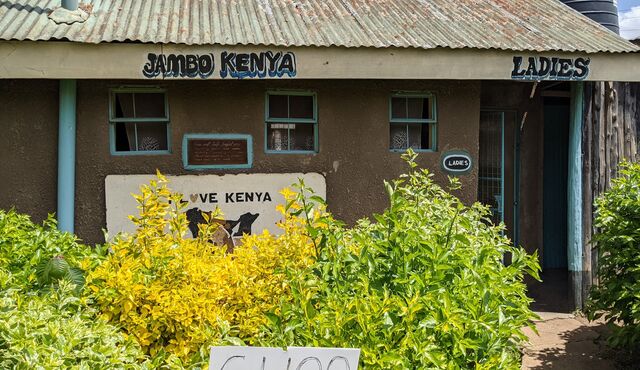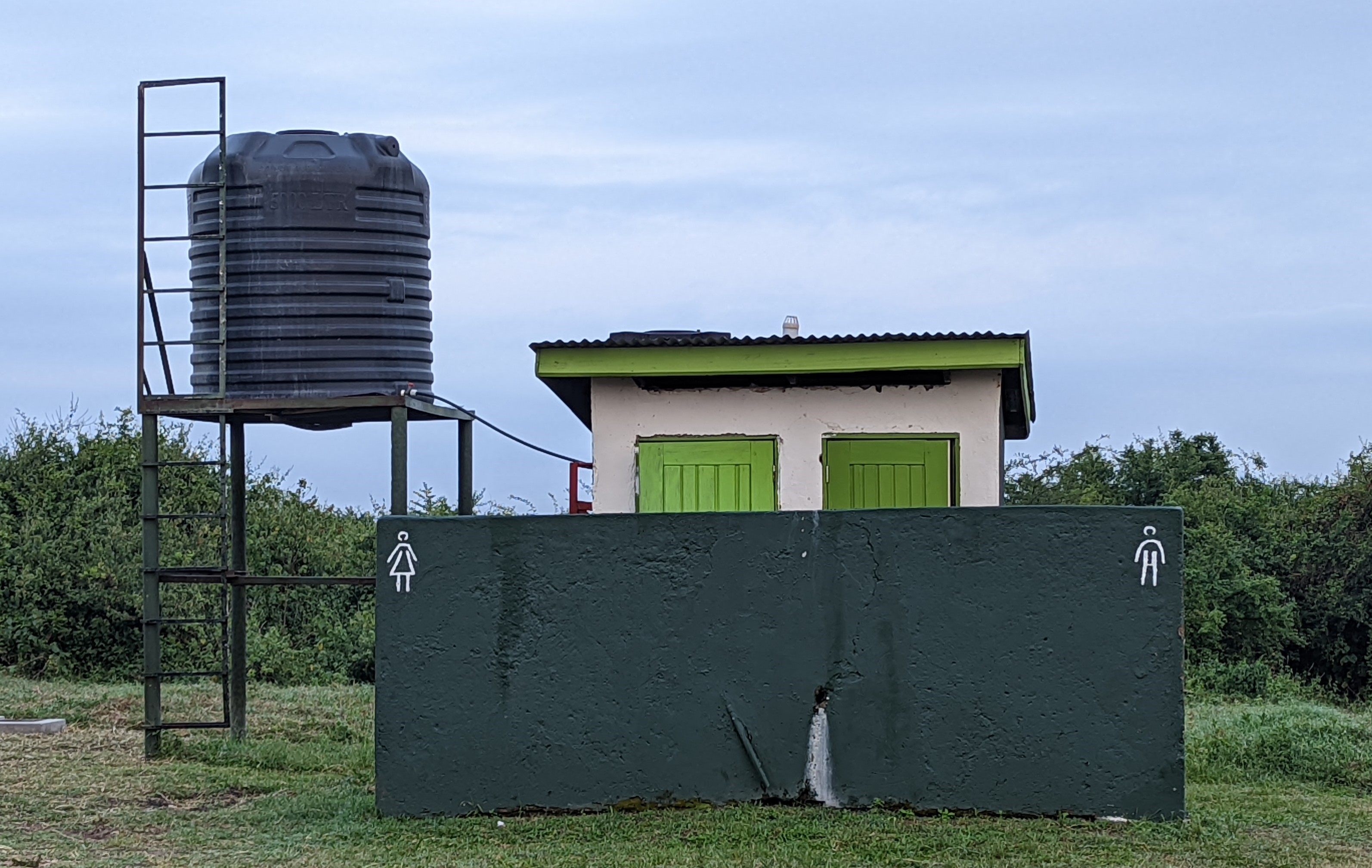Africa: lack of access to toilets and its consequences.
A surprising factor that can have a significant impact on the development of diseases and viruses is the lack of access to toilets. They play a crucial role in maintaining hygiene and public health worldwide. However, in many parts of Africa, access to proper sanitation remains a serious challenge, which has a significant impact on the health of the population and the development of various diseases, including those caused by viruses. Additionally, this leads to water pollution on a massive scale and, in the worst cases, physical attacks and harassment.

Access to toilets in Africa
According to reports from the World Health Organization (WHO) and UNICEF from 2020, around 60% of the population in Sub-Saharan Africa did not have access to safe sanitation services, and one in five residents in this region had to relieve themselves in open areas. Furthermore, although access to clean running water is a key factor in preventing the spread of diseases, in 2020 only about 58% of the population in Sub-Saharan Africa had access to safe drinking water sources. These data show the enormous challenges that the continent faces in improving sanitation conditions and access to basic resources.
Lack of access to safe toilets and clean water in Sub-Saharan Africa is not only a health problem, but also a social and economic one. For many communities, lack of water means daily hours-long journeys, often undertaken by women and children, to obtain water for their families. These difficulties not only consume time that could be spent on education or work, but also expose them to the risk of accidents, attacks, or other forms of violence.
Lack of access to toilets and its consequences:
-
Water contamination
Lack of toilets leads to contamination of water sources by human waste, creating ideal conditions for the proliferation of pathogens, including viruses. Contaminated water can lead to many diseases, such as cholera or diarrhea, which are the cause of many deaths, especially among children. -
Spread of diseases
Viruses, such as rotaviruses or noroviruses, can easily spread in communities where people do not have access to toilets. Lack of proper hand hygiene after contact with contaminated environments can lead to rapid spread of infections. -
Lack of education on hygiene
In communities without access to toilets, there is often a lack of education on hygiene as well. Lack of awareness about proper hand washing and other sanitary practices can contribute to the development and spread of diseases. -
Physical attacks and harassment
When women and girls are forced to attend to their needs in open spaces, especially at night, they become more vulnerable to physical attacks, harassment, and sexual violence. In some communities, the lack of toilets in homes leads to situations where women have to search for distant and isolated places, increasing their exposure to violence.
-
Menstruation and access to toilets
Menstruation is another factor complicating the lives of women in places without access to proper sanitation. The lack of privacy, safe toilets, and access to hygiene products make menstruation a time of shame, discomfort, and health risks for many girls and women. Some of them drop out of school or work during their periods due to the lack of proper sanitation facilities.
-
Social and cultural implications
In many African communities, issues related to physiological needs and menstruation are taboo topics. The lack of education on menstrual hygiene and violence associated with the lack of access to toilets affect the sense of worth, dignity, and social status of women.

From an economic point of view, the costs associated with treating diseases caused by lack of access to clean water and proper sanitation are a major burden for the economies of these countries. They also limit the region's development potential, as diseases and lack of education resulting from these problems hinder communities from fully utilizing their potential.
To effectively address these issues, an integrated approach is necessary, which takes into account both investments in infrastructure and education of communities on hygiene and water resource management. Only then will it be possible to achieve lasting improvements in the health, safety, and well-being of the inhabitants of Sub-Saharan Africa.
Summary
Lack of access to toilets in Africa has a direct impact on the safety, health, and dignity of women. Solving this problem requires not only investment in infrastructure, but also a change in social attitudes, education, and awareness about women's rights and needs. Cooperation between international organizations, local governments, and communities can bring positive changes in this matter.
Sources:
https://www.sciencedirect.com/science/article/pii/S1201971220323225
https://journals.plos.org/plosone/article?id=10.1371/journal.pone.0122244


















































































 Polski
Polski
 Czech
Czech
 German
German
 Spanish
Spanish
 Slovak
Slovak